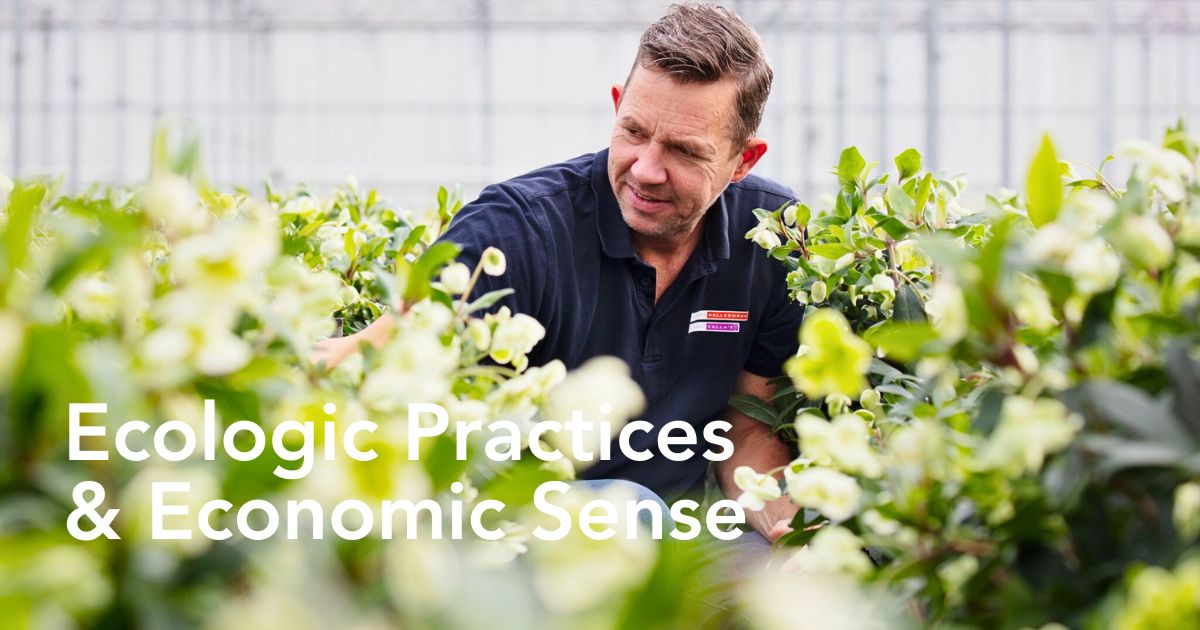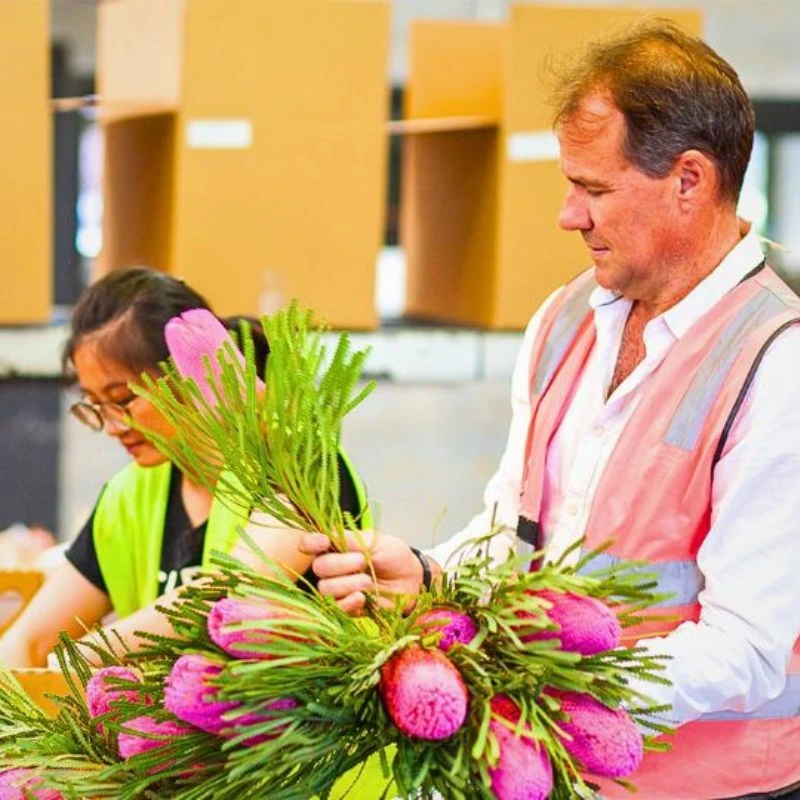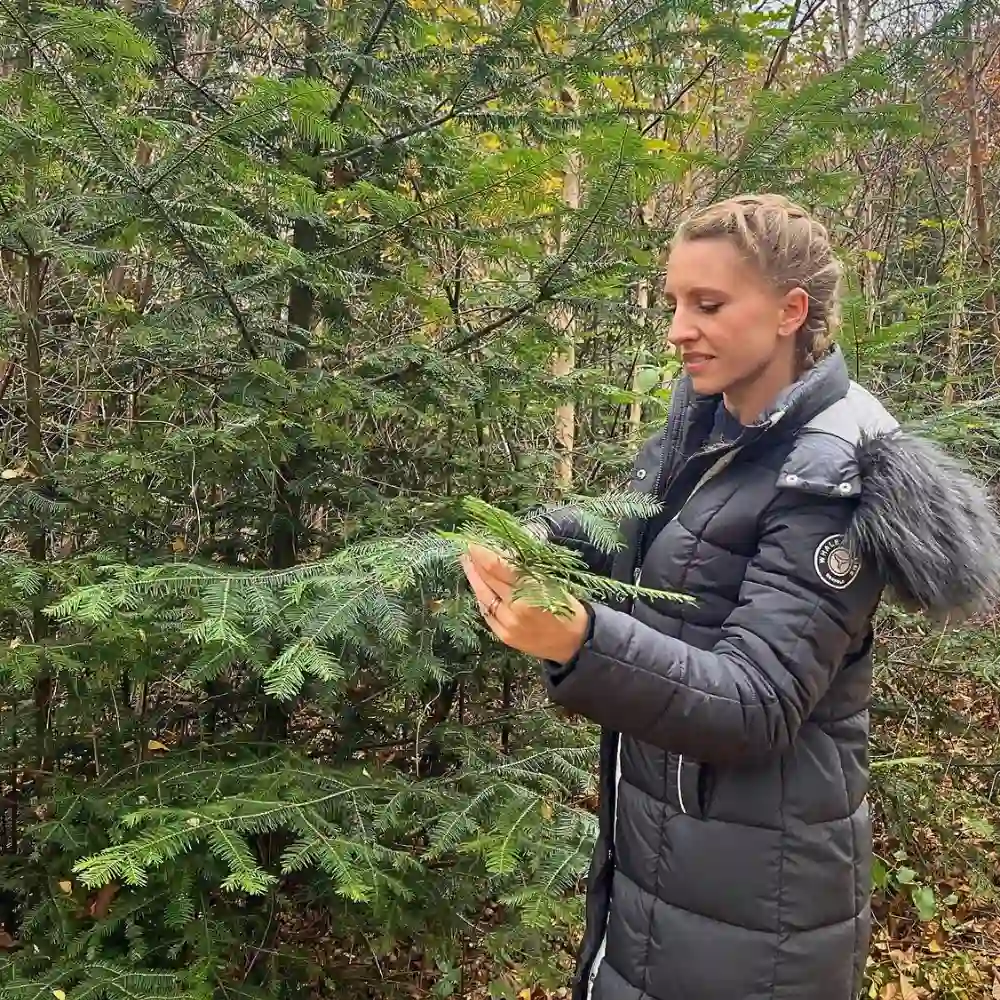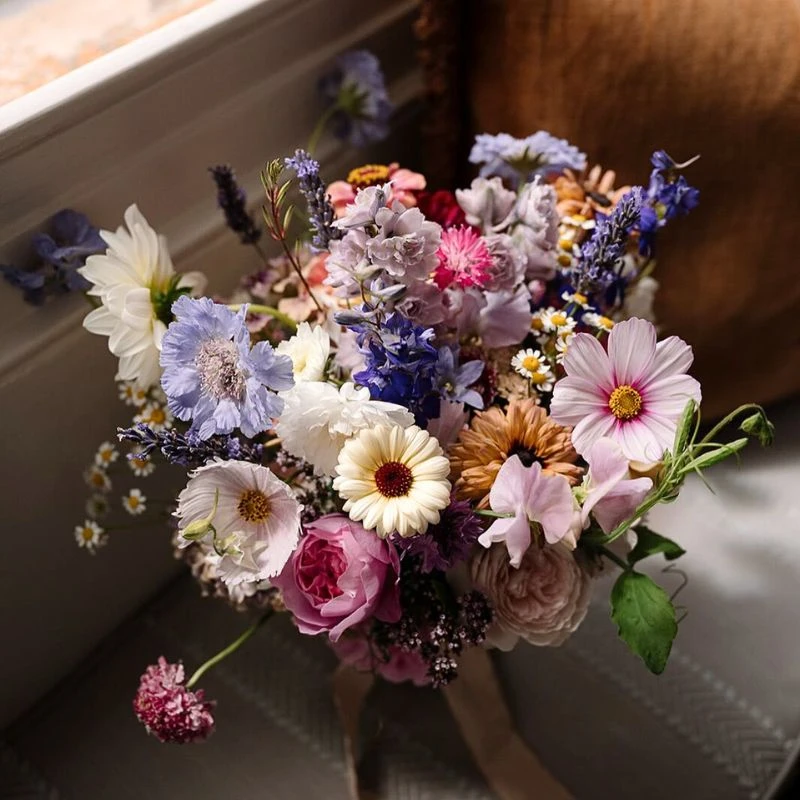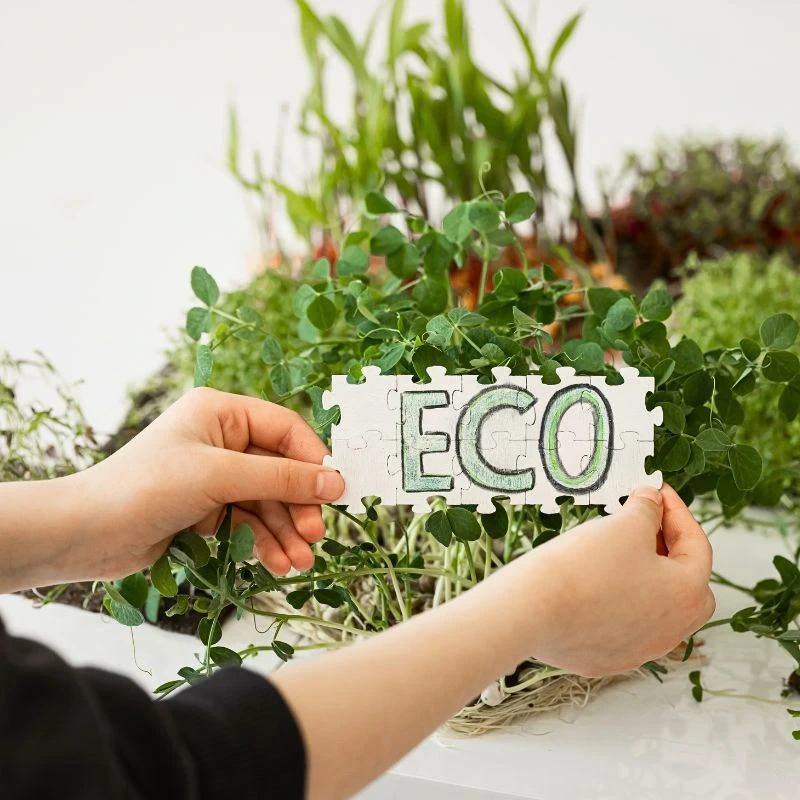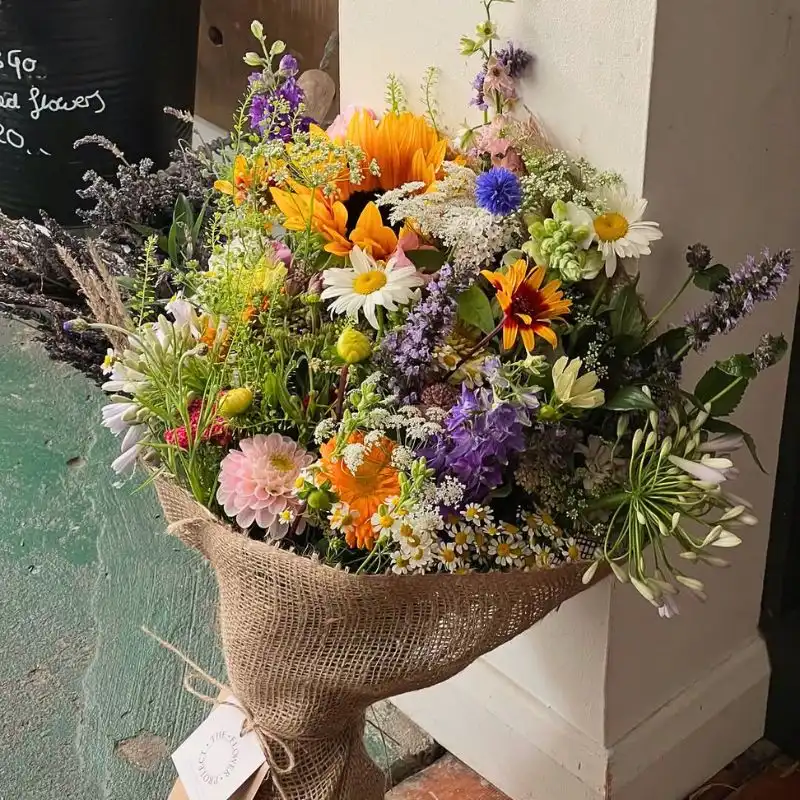With climate change affecting growing conditions, consumers demanding eco-friendly products, and regulations tightening around chemical use, the flower industry is discovering that sustainable practices are not just good for the planet, but they actually benefit the bottom lines of floral businesses. The question of whether sustainable floriculture makes economic sense is, therefore, more than just theoretical. But, just like any good love story, it is also complicated.
Understanding the Basics of Sustainable Floriculture
Sustainable floriculture means growing flowers in ways that protect the environment, support workers, and keep farms profitable over time. This includes using organic fertilizers, conserving water, and replacing chemical use with natural alternatives like beneficial insects. Economically, it is about balancing the books while meeting rising demands for eco-certified flowers.
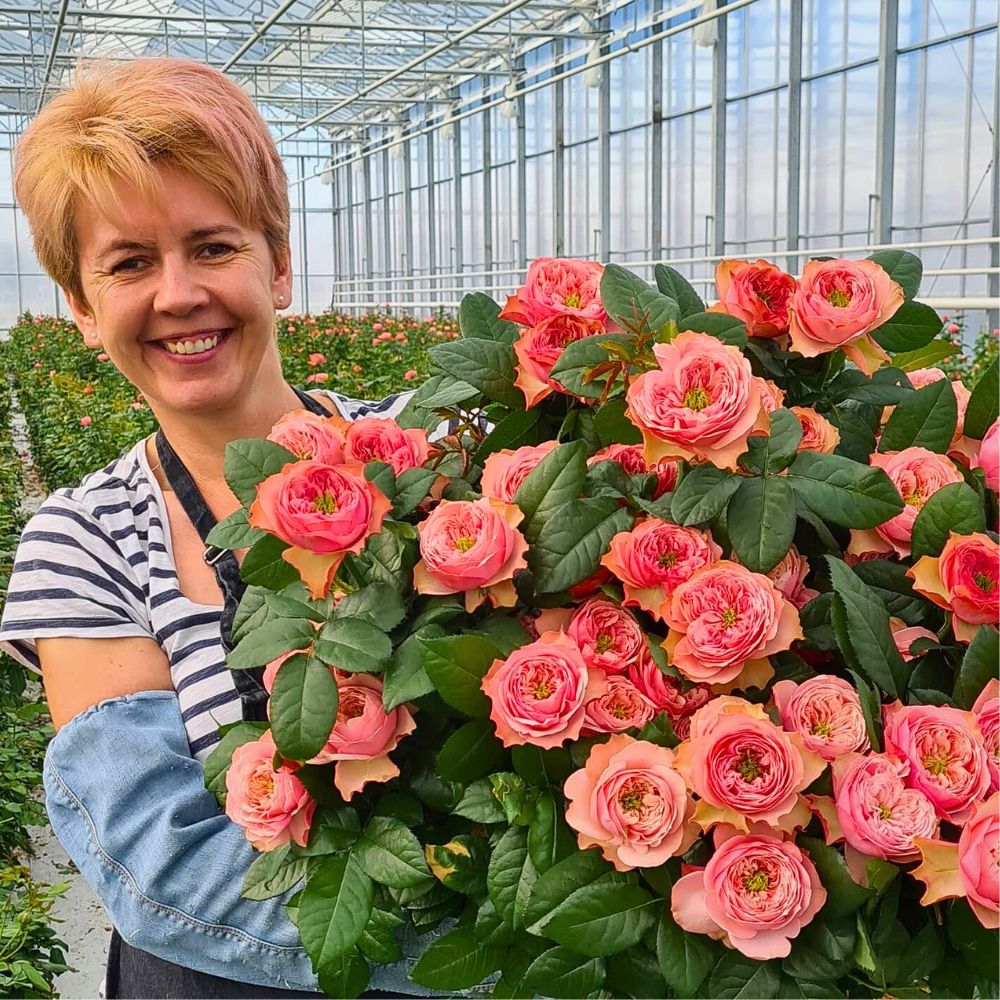
As noted, because the industry faces growing pressure, sustainable practices are not just nice-to-haves but essential for survival. Research shows that while traditional production relies on cheap chemicals, sustainable methods build resilience, making potential risks opportunities.
Investment Reality of the Real Cost of Going Sustainable
When growers decide to adopt sustainability, they essentially make a bet on their business. Numbers are important because that is where it all matters. Essentially, sustainable floriculture’s initial capital can make even seasoned growers break out in a cold sweat. Moving to organic production methods comes with quite some financial pressure during the transition period, depending on the current state of the land, the complexity of the system, and desired certification levels. But it is all for the good.
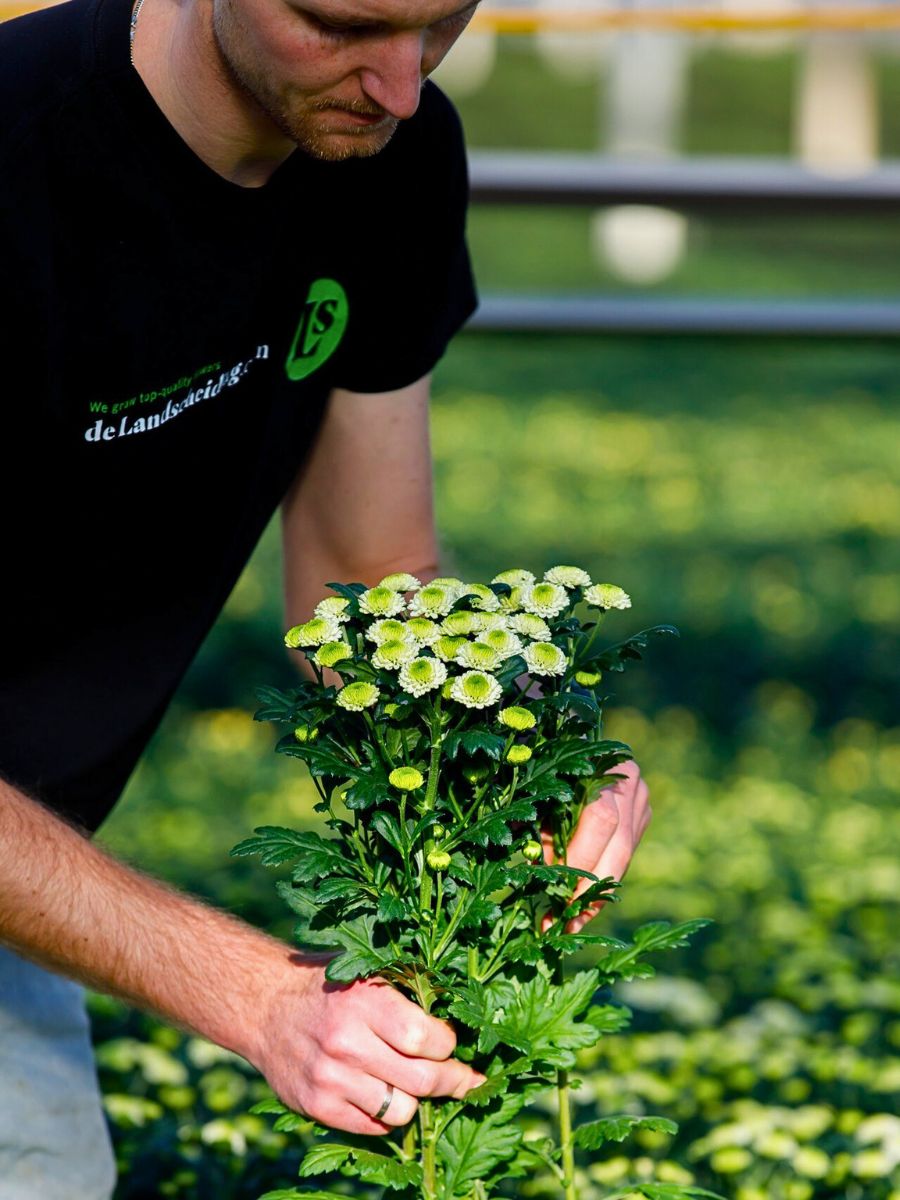
Take energy efficiency, for instance. Installing LED lighting systems instead of traditional high-pressure sodium lamps costs significantly more upfront, but these systems use significantly less electricity and last much longer. Energy costs alone can drop by up to 42% compared to conventional systems. For a greenhouse operation where energy typically accounts for 10% to 30% of total production costs, this is substantial long-term savings.
Solar power systems present an even more convincing case study. While the initial investment might make your accountant wince, many flower farms are realizing payback periods of just two to eight years. In Kenya, where approximately 90% of the electricity grid runs on renewable sources, flower farms have found themselves naturally positioned to benefit from clean energy without the infrastructure headaches. But solar panels for greenhouse operations cost more, depending on size and energy needs.
Water conservation technologies tell a similar story. Installing drip irrigation systems could range from $8,000 per acre. But these advanced systems, like drip irrigation and water recycling, can cut usage by up to 25% while significantly boosting nitrogen-use efficiency. When using metered or regulated water, these savings add up much faster. All these numbers can feel overwhelming, especially for smaller businesses already operating on thin margins.
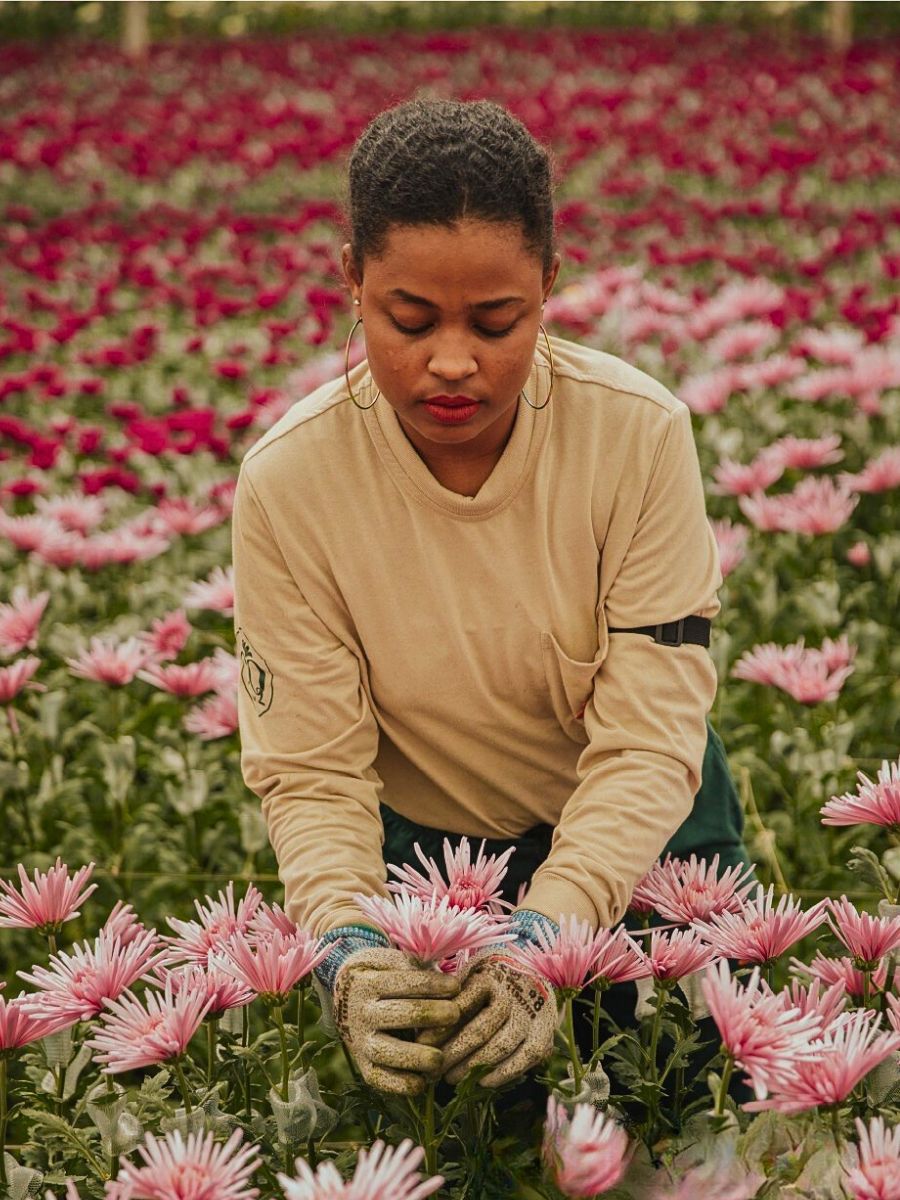
Also, the transition period often sees reduced yields as soil rebuilds its natural fertility and beneficial insect populations establish themselves. During this time, growers do not quite command premium prices for certified sustainable products yet, creating what industry experts call the ‘valley of investment.’ However, this initial financial pressure tells only part of the story.
One of the most important economic realities in sustainable floriculture, however, is that scale affects the cost-benefit equation. Large-scale operations can spread the fixed costs of sustainable infrastructure across much larger production volumes, making investments in expensive technologies much more attractive.
However, smaller operations are not left out in the cold. Research shows that even small-scale growers achieve profitability, particularly when focusing on specific crops like cut flowers that do not require massive infrastructure investments. The key is choosing the right sustainable practices that match one’s scale and market.
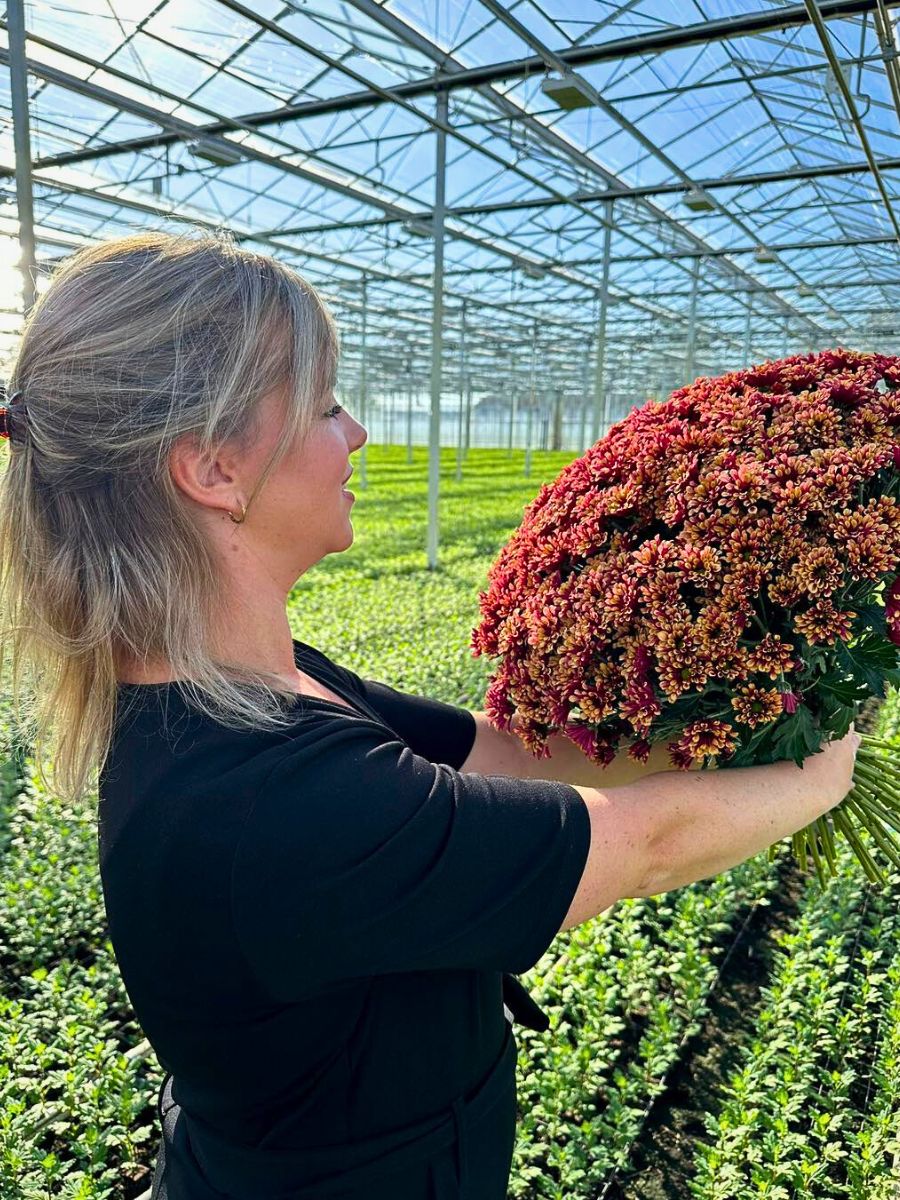
Moreover, smart, sustainable growers approach these investments strategically, often focusing on one area at a time, and not attempting a complete transition overnight. Many start with water conservation measures, which typically show returns within the first growing season through reduced utility costs.
Payback Reality Check and the Consequent Operational Savings
This is where sustainable floriculture gets interesting from a purely financial perspective. Unlike traditional production, where efficiency improvements might take decades to pay for themselves, flower growing operates on much shorter cycles that can fast-track returns. Essentially, once fully established, the operational cost savings of sustainable systems can be substantial and rapid.
Research from various greenhouse operations shows that most energy-efficient technologies pay for themselves within five to ten years. Climate control systems, which are essential for year-round production, often show returns in less than a decade while boosting revenue by roughly 22% through improved crop quality and reduced losses.
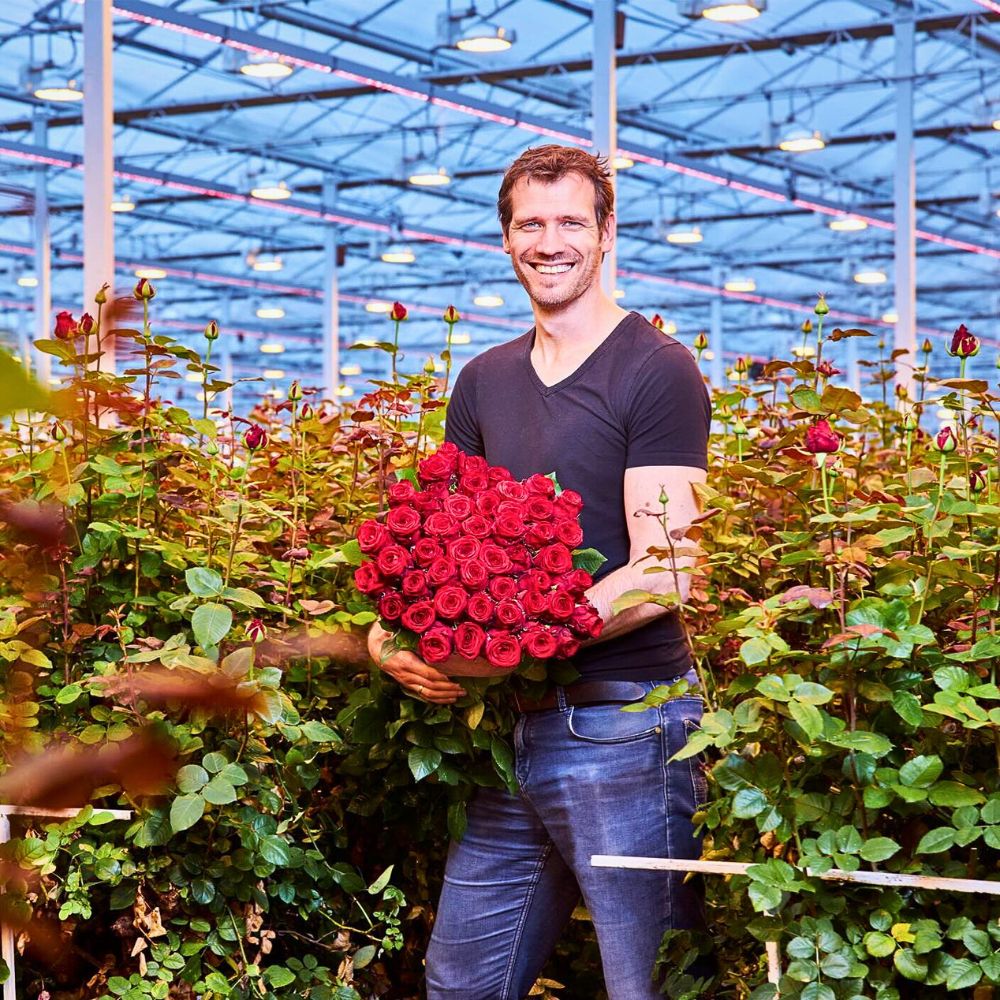
Water-efficient systems reduce consumption by 30% to 50% compared to traditional methods. Integrated pest management (IPM) approaches, while requiring more labor initially, reduce chemical input costs. While conventional flower farms typically spend $800 to $1,500 per acre annually on pesticides and fungicides, sustainable operations using beneficial insects, companion planting, and natural deterrents often cut these costs by 60% to 80% once systems are mature.
Soil health improvements through composting and cover cropping reduce fertilizer needs significantly. Healthy soil retains nutrients more effectively, requiring 40% to 60% less supplemental fertilization than depleted conventional soils. This means savings of roughly $300 to $600 per acre for most flower operations. Energy costs also decrease substantially with sustainable practices. Passive solar greenhouse design, efficient LED growing systems, and renewable energy integration can reduce energy expenses by 25% to 45%. For operations with heated greenhouse space, these savings often reach thousands of dollars annually.
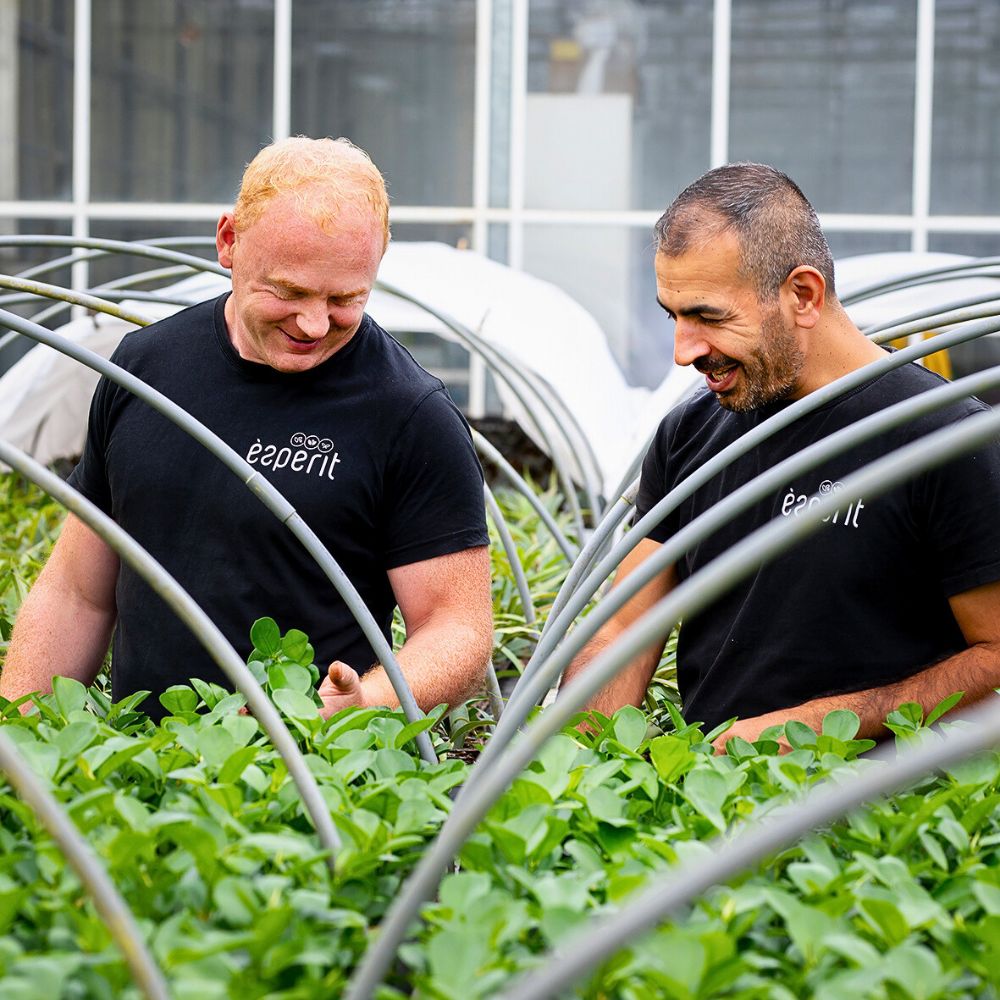
Premium Pricing Power and Market Access
This is where sustainable floriculture really starts to show its economic weight. Consumer research consistently shows buyers’ willingness to pay premium prices for sustainably grown flowers. Studies indicate that many pay more for flowers that come with credible sustainability certifications. This shows that the current market increasingly wants sustainable flowers. Those certified and organically grown command premium prices of between 15% to 40% above conventional alternatives, depending on variety and market conditions. Locally grown sustainable flowers often attain even higher premiums, particularly in urban markets where consumers value both environmental responsibility and support local floriculture.
But it is not just about individual consumer choices. Increasingly, major retailers and distributors require sustainability certifications as a prerequisite for doing business. The Floriculture Sustainability Initiative (FSI) and similar programs have created frameworks that open doors to international markets that were previously inaccessible. In Kenya, for example, flowers grown under Kenya Flower Council’s (KFC) sustainable certification programs command higher prices in European markets, creating a competitive advantage for growers who invest in sustainable practices. This is not just feel-good marketing but an economic benefit that flows directly to the grower's profitability.
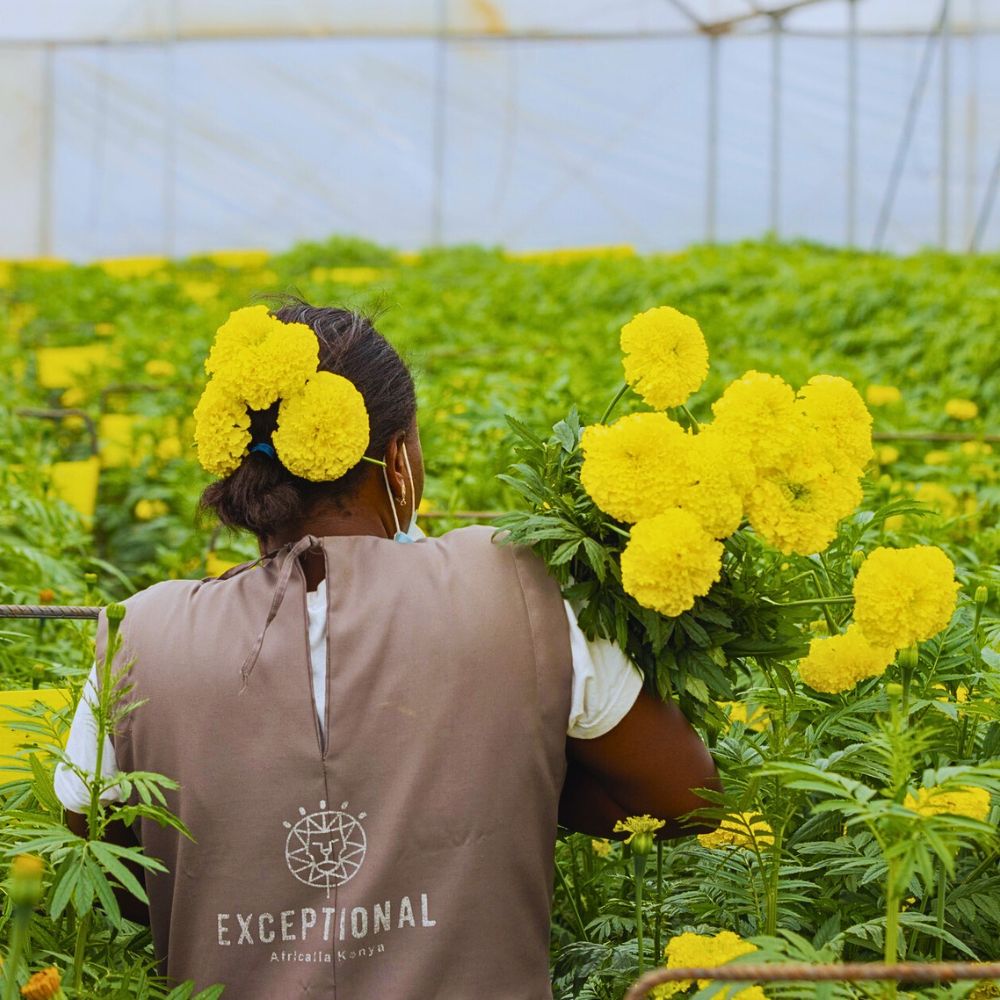
Wedding and event planners also report growing demand for sustainable floral arrangements, with many clients specifically requesting locally grown, pesticide-free flowers despite higher costs. Corporate clients, driven by their own sustainability commitments, increasingly specify sustainable floriculture suppliers for their events and office arrangements. The subscription flower box model has also created new market opportunities for sustainable growers. These services, which deliver fresh seasonal arrangements directly to consumers, typically source from local sustainable farms and can pay growers 50% to 70% more than traditional wholesale channels.
Farmers' markets and direct-to-consumer sales channels, likewise, allow sustainable growers to capture full retail margins while building customer loyalty. Many sustainable flower growers report that direct sales now represent 40% to 60% of their revenue, compared to 10% to 20% for conventional operations.

The ‘Hidden’ Benefits You Didn’t See Coming
Sustainable practices also create cost savings that hardly show up in the initial business plan but prove significant over time. IPM methods, for instance, not only reduce chemical input costs but also improve worker safety and reduce liability insurance costs. Composting organic waste on-site transforms what could be a disposal expense into valuable soil amendments, eliminating the need to buy expensive synthetic fertilizers.
Some operations even sell excess compost, creating an entirely new revenue stream from what was previously waste. Energy-efficient greenhouses with proper insulation and climate control systems, likewise, experience fewer crop losses due to temperature fluctuations. This reduces the costs of crop failure that many traditional operations have accepted as part of doing business.

Employee retention improves as well, cutting turnover costs; healthier work environments mean fewer sick days and higher productivity. Environmentally, these methods sequester carbon and enhance biodiversity. Sustainable flower farms also position themselves advantageously for future market trends, as environmental consciousness grows.
The Risk Management Angle
Sustainable practices also provide economic benefits that are hard to quantify but valuable. Climate-controlled cultivation reduces weather-related crop losses. Diverse crop rotations and polyculture approaches spread risk across multiple species, reducing the impact of disease outbreaks or market fluctuations affecting single varieties. Diversified growing systems using biological controls create more resilient operations that can weather pest outbreaks without catastrophic losses.
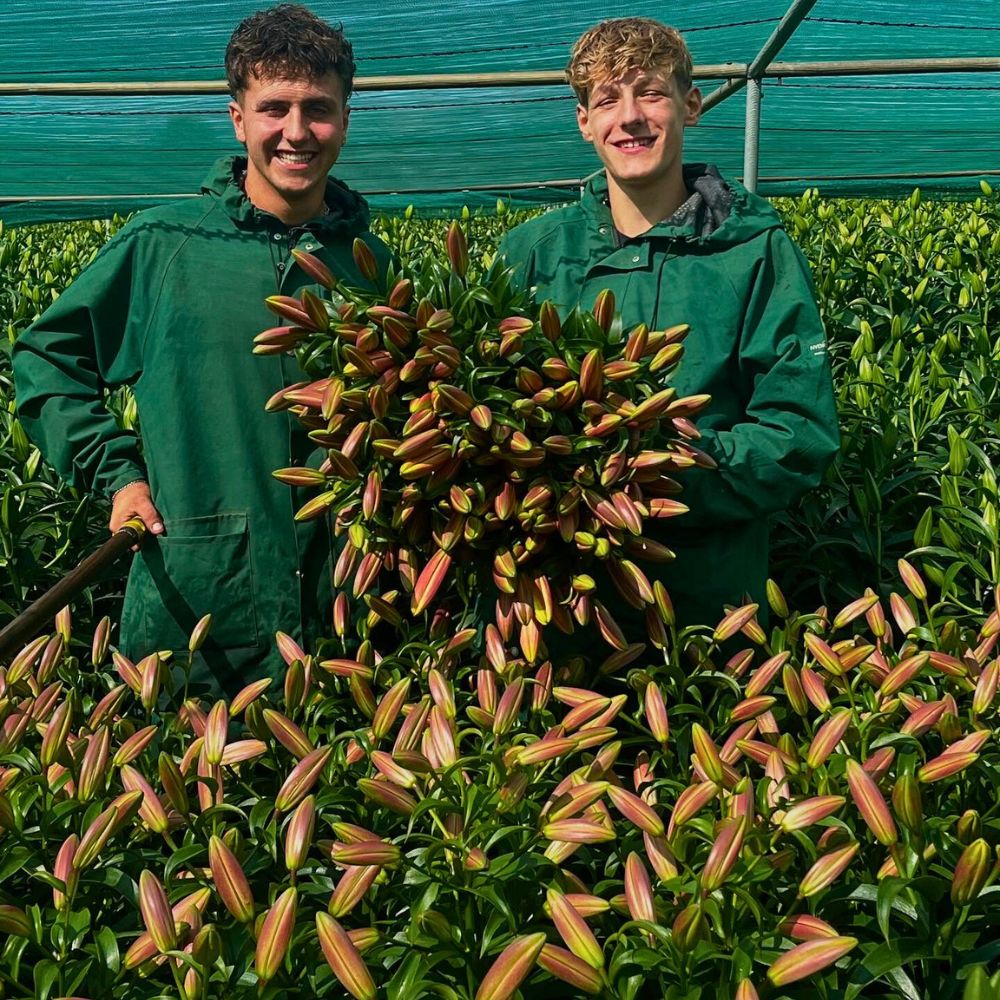
Furthermore, water conservation protects against drought conditions and water issues that increasingly affect cultivation operations. Soil health improvements make crops more resilient to weather extremes, pests, and diseases. Perhaps most importantly, sustainable certification and practices help flower farms to comply with increasingly stringent environmental regulations. They do not have to rush to meet requirements after they are implemented; sustainable operations are already ahead of the curve.
Making the Numbers Count
The economic case for sustainable floriculture is not just about idealism. It is about smart business. Breaking down the numbers, most sustainable practices show strong returns within a few years. Many pay for themselves much faster. The secret is approaching sustainability strategically, and not trying to implement everything at once.

Perhaps start with a practice that offers the fastest returns—usually energy efficiency or water conservation—then reinvest into other sustainable practices. In essence, the economics of sustainable floriculture come down to a simple point: flowers grown sustainably really cost less to produce, they command premium prices, and set operations for long-term success.
Feature image by @lssantini. Header image by @haas_calla_heleborus.

